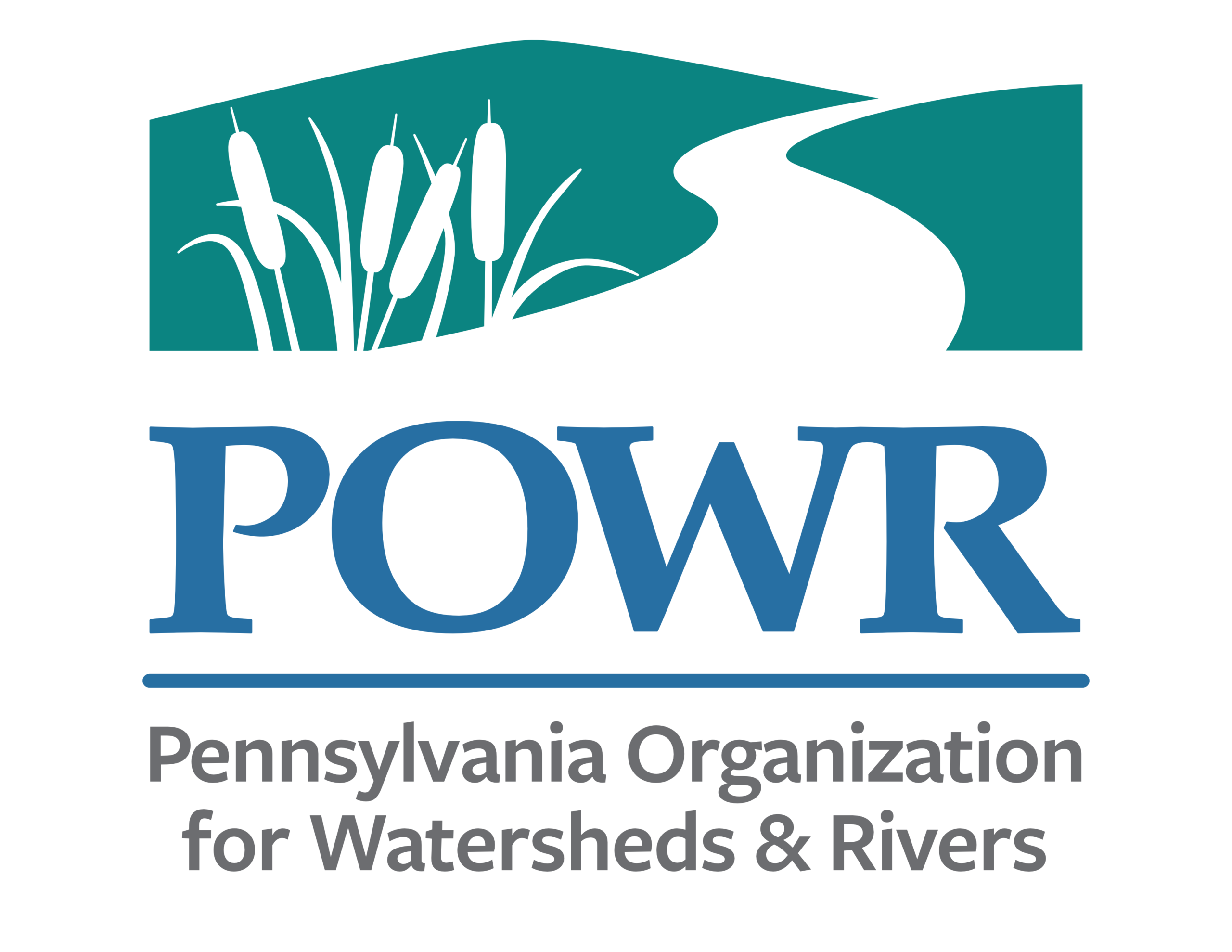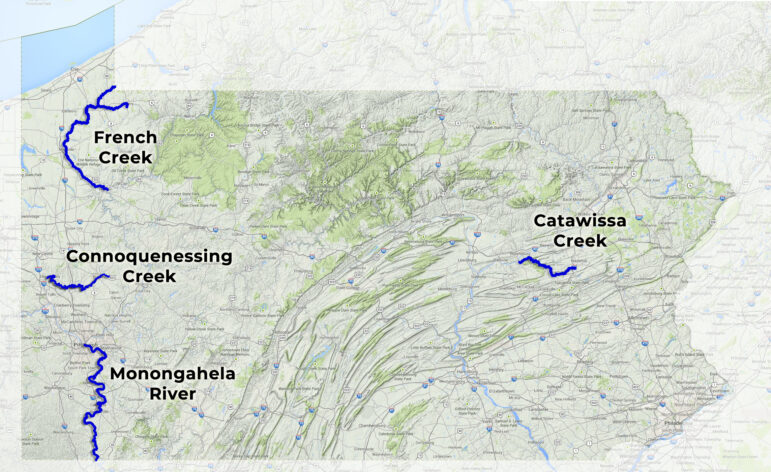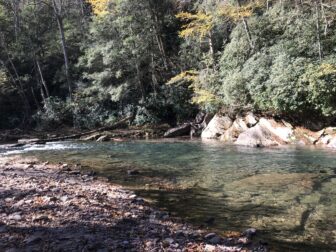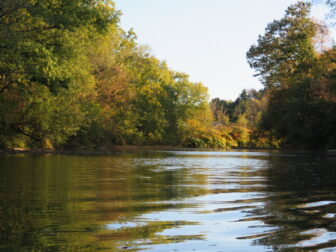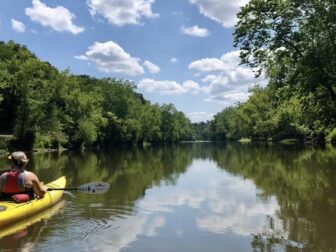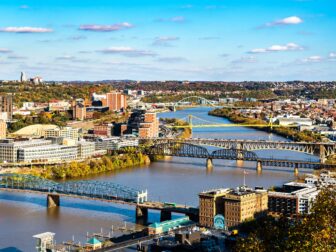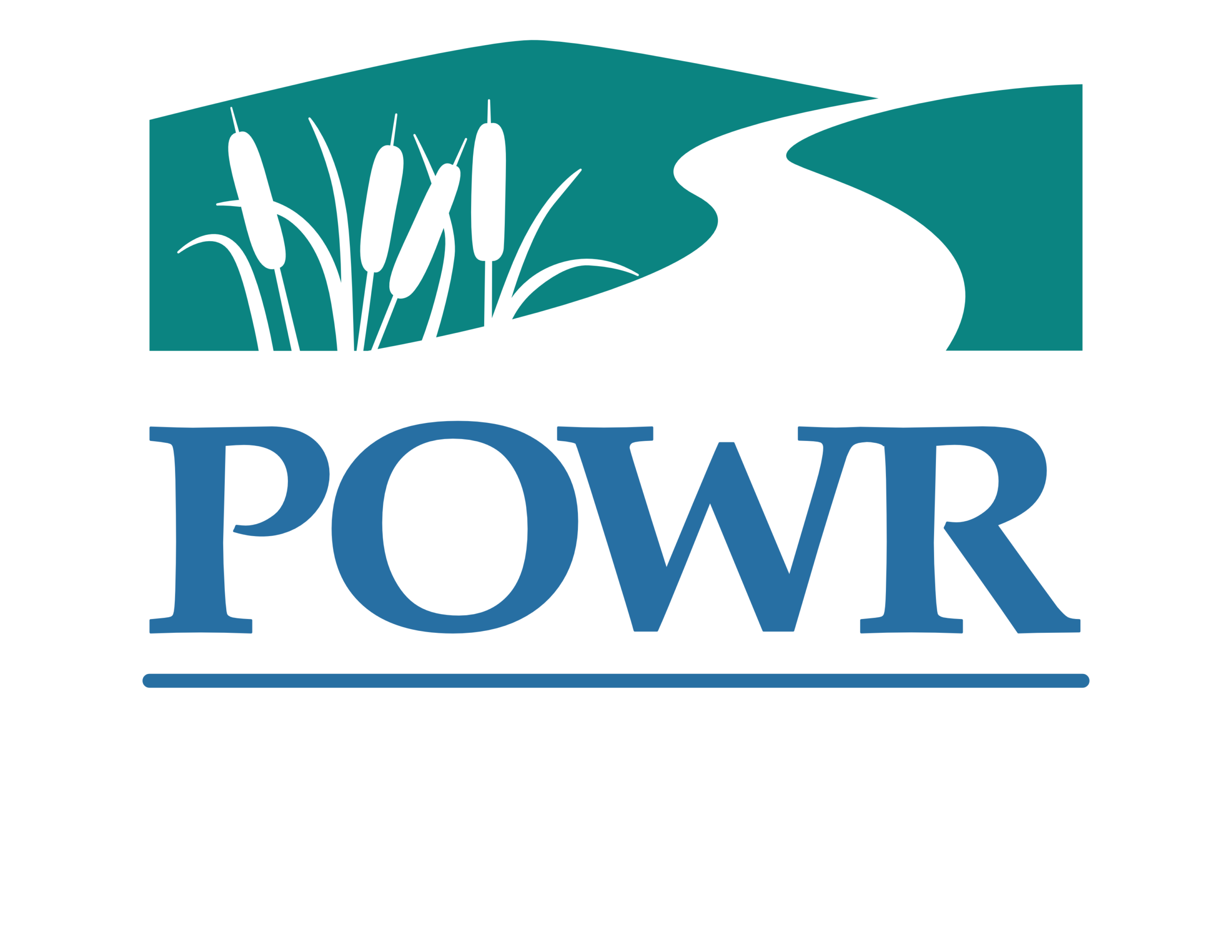Catawissa Creek
Catawissa Creek is an incredibly beautiful, 41-mile tributary of the North Branch of the Susquehanna River that flows through three counties: Luzerne, Schuylkill and Columbia. Unfortunately, the creek’s aquatic ecosystem has been seriously damaged by a history of abandoned mine drainage issues connected to five mine tunnel discharges. This creates an environmental hurdle for the Catawissa to reach its full potential as a world-class cold-water fishery.
The creek’s potential is enhanced by a network of natural riparian buffers and ideal stream bed structure that is ready to support a wide diversity of aquatic organisms. River the Year designation would help raise the awareness (both public and political) needed to accomplish the final leg of treatment the creek needs to complete its success story. The example would provide a valuable blueprint about how persistence along with inter-agency/association collaboration can spark realistic and lasting change in waterways impacted by abandoned mine drainage. River the Year designation would also benefit the emerging coalition between the Middle Susquehanna Riverkeeper Association (MSRKA), Eastern PA Coalition for Abandoned Mine Reclamation (EPCAMR), Catawissa Creek Restoration Association (CCRA), conservation districts in Columbia and Schuylkill counties, and other groups as they work to engage and empower nearby communities in working together to improve stream quality and recreational opportunities. Additionally, it would help to recharge the local creek restoration association with a new generation of local volunteers ready to correct and protect Catawissa Creek moving forward.
Connoquenessing Creek
Connoquenessing Creek is an important waterway in Western Pennsylvania, flowing 54 miles through Butler, Beaver, and Lawrence Counties. The creek begins as a small stream, but as it winds throughout the countryside it widens, becoming a flat, scenic paddleable waterway. However, in its final 8 miles, it passes through a gorge creating Class II, III, and IV whitewater rapids.
This beautifully diverse natural resource has a vast history. It received its ironic name, meaning a long way, straight from Native American tribes who first settled along it. It was an asset to the father of our country as George Washington used the creek on his first military mission. As Native Americans were replaced by European settlers, the state of the waterway eventually became jeopardized. Connoquenessing Creek was neglected and abused. Illegal dumping, annual flooding, and industrial waste discharge contributed to its deplorable condition until making it famous in 2000 as the 2nd most polluted waterway in America!
Much time and effort has been made to restore this creek back to its beautiful, natural state. Many different organizations have devoted their missions to this restoration and the results reflect these undertakings. The water quality improved as stricter discharge regulations have been imposed. Improvements have been made to its riparian buffers and annual cleanups have removed the physical pollution that consumed it. All these efforts made by hundreds of people convey just how vital Connoquenessing Creek is. This hidden gem of Western Pennsylvania is finally due to receive the recognition it deserves!
French Creek
French Creek flows through northwest Pennsylvania, meandering 117 miles from its headwaters in southern New York through four Pennsylvania counties to the Allegheny River. Renowned for its biodiversity, French Creek hosts more species than most any waterway of its size in the United States. French Creek is home to an astonishing 27 species of freshwater mussels and over 80 species of fish. Waterfowl and songbird species abound, including bald eagles, with four Audubon-designated Important Bird Areas (IBAs). French Creek is also home to the Eastern Hellbender, the largest species of salamander in North America, recently named the official Pennsylvania State Amphibian.
Mastodon and Mammoth fossil discoveries are representative of the Ice Age glaciers that scoured and shaped French Creek. For thousands of years, French Creek was at the center of Native American life, and several prehistoric sites and burial mounds are scattered throughout the area. Young George Washington named French Creek in 1753 when he traveled through the region, and the creek played an important role in the French and Indian War and Industrial Age commerce.
Designated as one of The Nature Conservancy’s “Last Great Places”, French Creek today is largely unspoiled by development and is a beloved waterway for paddling, fishing, swimming, and other recreation. French Creek is an official Pennsylvania Water Trail, with over 75 navigable miles, numerous access locations, beautiful scenery, and many points of interest. Each year more than 750 people volunteer for French Creek Valley Conservancy’s Annual French Creek Cleanup to protect our community treasure!
Monongahela River
Three Rivers Waterkeeper (3RWK)’s mission is to protect the water quality of the Monongahela, Allegheny, and Ohio Rivers, and their respective watersheds. Our vision is to have drinkable, fishable, and swimmable water in the Monongahela, Allegheny, and Ohio Rivers, and their respective watersheds. These waterways are critical to the health, vitality, and economic prosperity of our region and communities.
The Monongahela River forms at the junction of Tygart Valley River and West Fork Rivers in Marion County, WV. The river flows northward towards Pittsburgh for a total of 128.7 miles. In Pittsburgh, it joins with the Allegheny River to eventually form the Ohio River. The Monongahela River is one of a few major rivers in North America that flow from south to north, instead of north to south. Thanks to the locks and dams being operated by the US Army Corp of Engineers, the Monongahela River became the first river in the United States with complete navigational control. Many people use it for boating, recreation, and fishing. Nevertheless, the Monongahela faces many obstacles, with mixed uses from agriculture to industrial sites, creating high levels of zinc and chromium in the waterways, impacting the health of our people and wildlife. The Monongahela is often overlooked in conservation with many environmental injustices along the way. Let’s celebrate the Mon and shed some positive light on our critical resources!
Vote here!
For more information contact Angela Vitkoski at avitkoski@pecpa.org.
